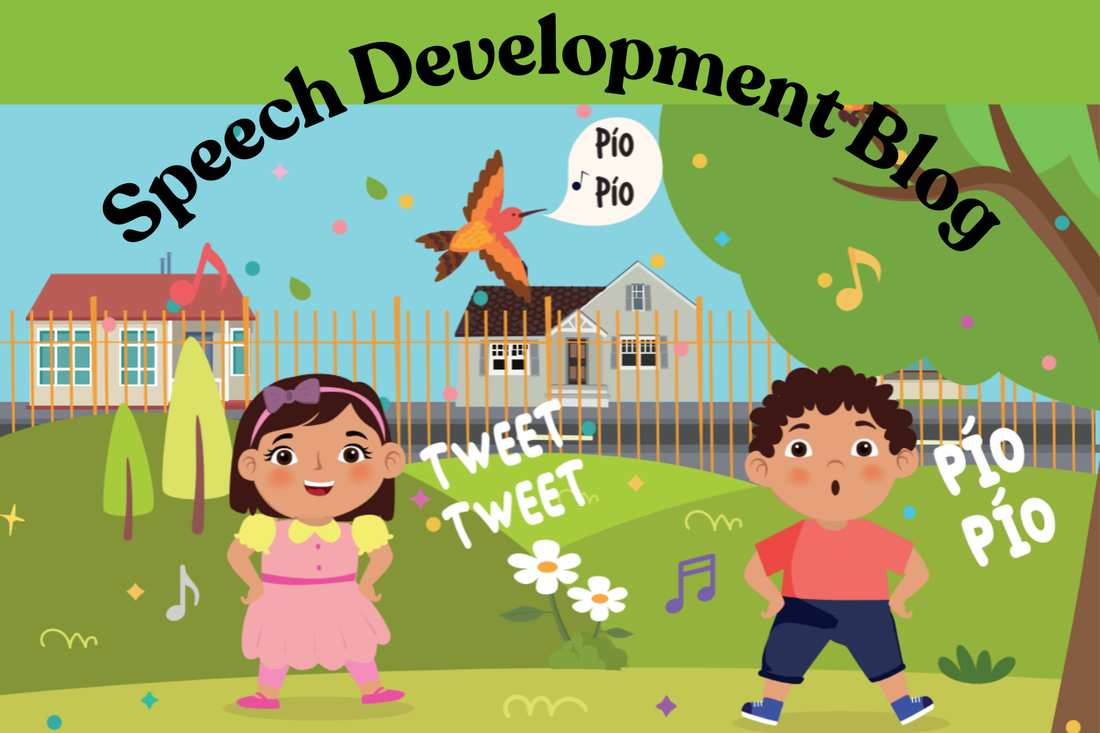
Desarrollo del habla: qué es, por qué es importante y cómo apoyarlo
Introducción
El desarrollo del habla es cómo los niños aprenden a producir los sonidos que forman las palabras. Es diferente del vocabulario (las palabras que conocen); el habla se trata de la claridad con la que se dicen esas palabras . Algunos niños empiezan con sonidos, aproximaciones o balbuceos antes de que las palabras se aclaren. Cada intento cuenta, porque forma parte del desarrollo de la comunicación.
Cómo es el desarrollo del habla
- Sonidos tempranos : arrullos, balbuceos (“ ba-ba ”, “da-da”)
- Primeras palabras : a veces simplificadas (“wa-wa” para agua)
- Mayor claridad : los sonidos se vuelven más fáciles de entender a medida que los músculos del habla se fortalecen
- Refinamiento posterior : sonidos más complicados como “r” o “ th ” suelen venir más tarde.
Es importante recordar que el habla se desarrolla gradualmente y muchos niños simplifican los sonidos a lo largo del camino.
Por qué es importante el habla
- Confianza : Ser comprendido ayuda a los niños a sentirse orgullosos y capaces.
- Conexión : Un habla más clara facilita la conexión con amigos, familiares y profesores.
- Fundamentos del aprendizaje : Las habilidades del habla apoyan la lectura, la ortografía y la comunicación en general.
Actividades para fomentar el habla
No necesitas ejercicios, solo juego e interacción todos los días:
- Sonidos de animales 🐶 : Usa libros o juguetes para modelar "guau", "miau", "muuu". Anima a tu hijo a copiar.
- Juego de sonidos tontos 🎵 : Hagan sonidos divertidos juntos —“ sssss ”, “mmm”, “bbb”— y conviértalos en un juego.
- Juego de espejos 🪞 : Siéntense frente a un espejo y hagan muecas o sonidos juntos (“ oo ”, “ ee ”). ¡A los niños les encanta copiar!
- Canta y rima 🎶 : Las canciones sencillas y las rimas infantiles enfatizan el ritmo y los sonidos repetitivos.
Cada intento de sonido, claro o no, es un progreso. ¡Celebra el esfuerzo, no la perfección!
